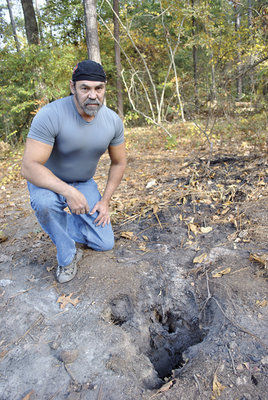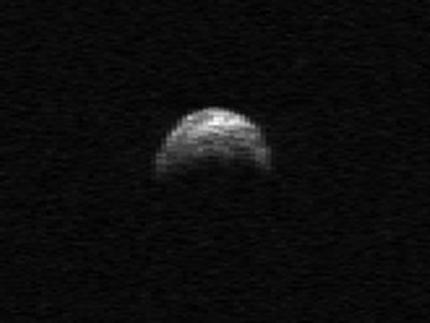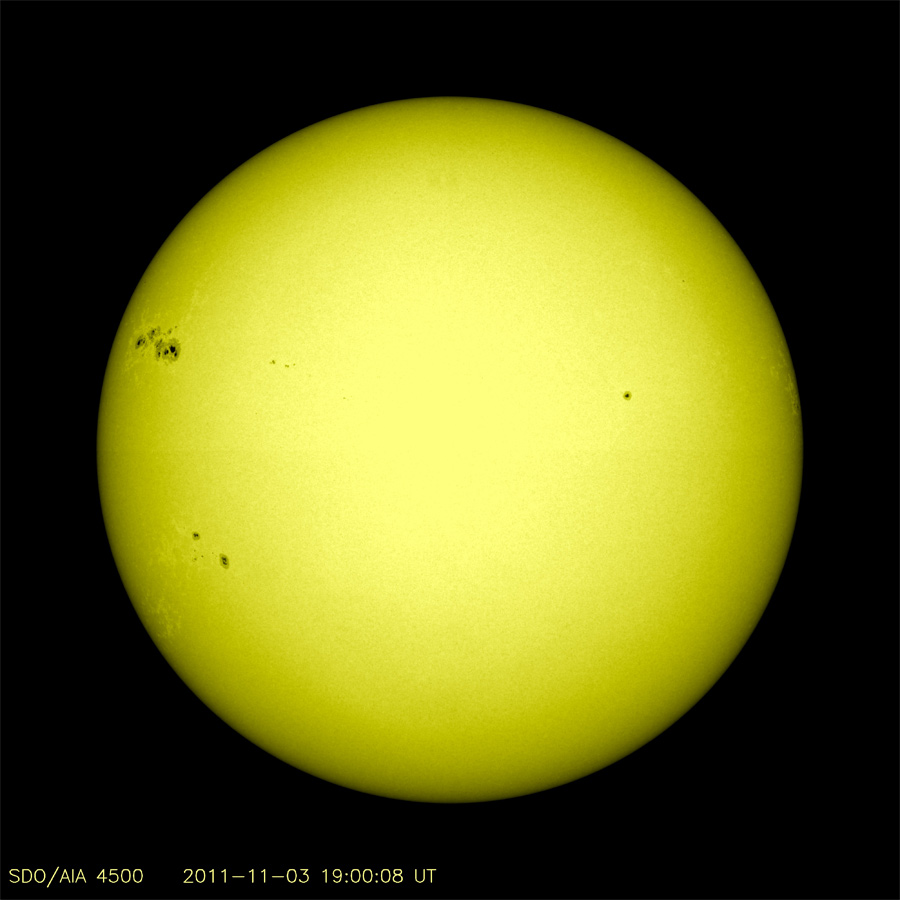
Bill Watts is shown at a possible meteor impact site in his backyard.
Where are FBI special agents Fox Mulder and Dana Scully when you need them?
The two
X-Files characters would come in handy helping a local man figure out what in the world, or maybe out of this world, caused a large, black hole to appear in his backyard, setting nearby woods on fire.
"I think it was a meteor," Bill Watts, 54, of Pell City said as he moved the wooden plywood board lying on the ground, revealing a dark, black crater at the edge of some woods on his property.
Watts admits he doesn't know exactly what made the large, round crater and caused a fire Friday at about 8 p.m.
"It had to be so hot and moving so fast to do that," he said. "This ground is pretty hard."
He gripped a post hole digger with both hands and drove it into the ground.
"See," he said.
The post hole digger barely made a mark on the hard ground.
The walls inside the crater are charred, obviously burned. A fine ash covers the bottom of the hole.
Watts took the post hole digger and carefully removed some of the burnt ashes from the bottom of the hole.

